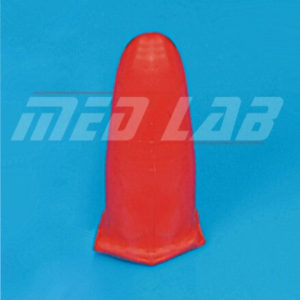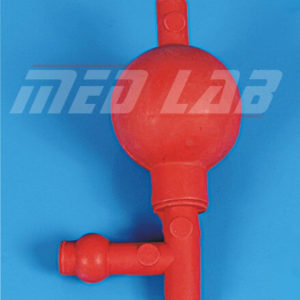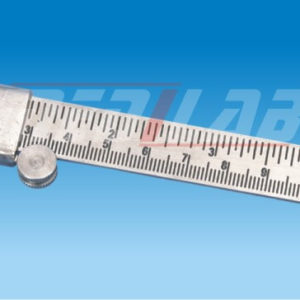Description
| Evaporating Basin – (Regular) | ||
| Catalog Number | Capacity (ml) | Top Outer Dia (mm) |
| 19409/01 | 4 | 28 |
| 19409/02 | 10 | 40 |
| 19409/03 | 20 | 50 |
| 19409/04 | 40 | 60 |
| 19409/05 | 100 | 75 |
| 19409/06 | 125 | 85 |
| 19409/07 | 175 | 100 |
| 19409/08 | 250 | 110 |
| 19409/09 | 400 | 130 |
| 19409/10 | 550 | 140 |
| 19409/11 | 800 | 150 |
| 19409/12 | 1300 | 175 |
| 19409/13 | 1800 | 200 |
| 19409/14 | 3300 | 250 |
| 19409/15 | 4500 | 300 |
| 19409/16 | 7500 | 350 |
| 19409/17 | 11000 | 350 |
| 19409/18 | 14000 | 400 |
| 19409/19 | 16000 | 450 |
| 19409/20 | 18000 | 500 |
A Porcelain Evaporating Basin Regular is a shallow, circular dish used in chemistry and biology labs to evaporate liquids, usually to concentrate a solution or isolate a solid. The regular-sized evaporating basin is typically made of porcelain, ceramic, or borosilicate glass, and has a flat bottom with gently sloping sides to allow for easy and even evaporation.
It is used in conjunction with a Bunsen burner or a hot plate to gently heat and evaporate the liquid. The regular-sized basin is commonly used for small-scale experiments and can hold a small volume of liquid, usually less than 100ml. The basin can be easily cleaned and reused for multiple experiments, making it a cost-effective and versatile tool for lab work.







